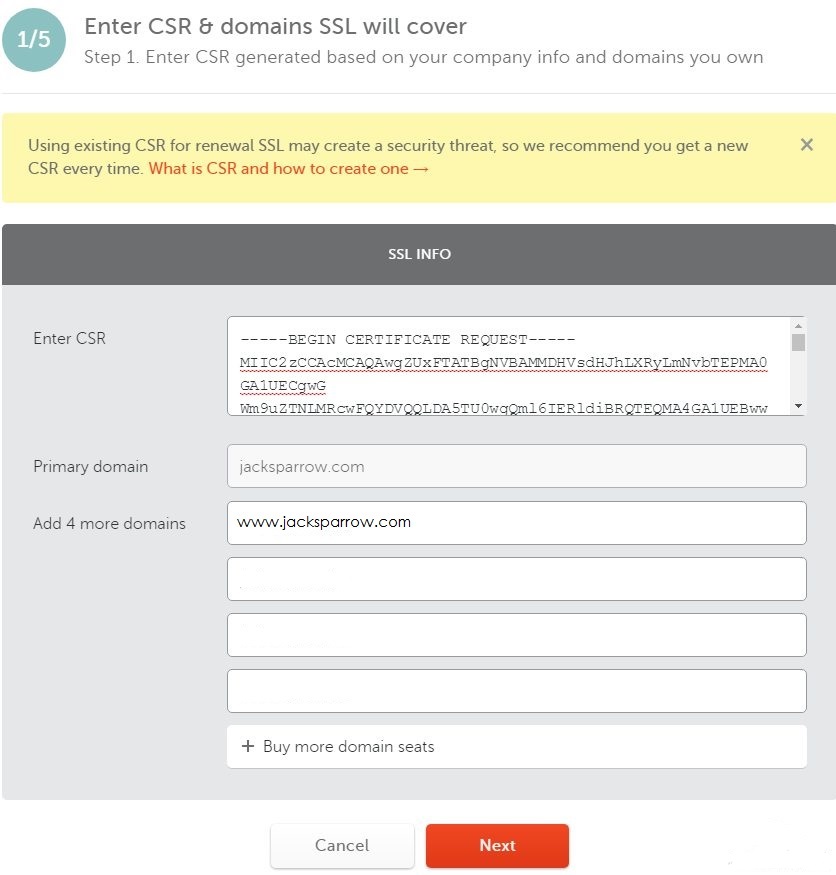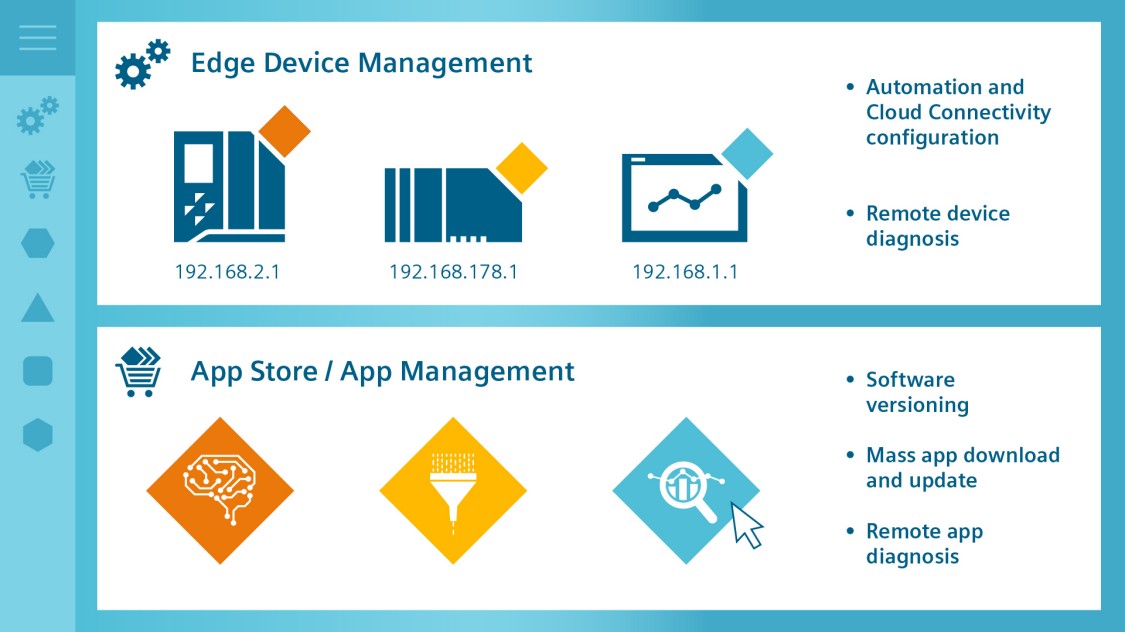
Monitoring the performance of an Apache webserver is essential. Many open source utilities and tools can be used to assess the performance and health of your Apache Web Server. But to be able to visualize metrics, analyze historical trends, and set up useful alerts you need to have a monitoring solution that can easily integrate with Apache.
Apache2 Status (Apache 2.2 and up)
Apache's server status page, a built-in feature of its HTTP server software, provides current information about the server. It can show details like how many requests are being processed, and the idle workers. From a security perspective, this can help identify different paths and vHosts that could potentially be accessed by an attacker.
You can access this page from a URL on the server itself, or you can enable the module and access it via your web browser. You can limit the access to this webpage to specific IPs. To update this block, you must update the block beginning with
Locate /server-status> within your Apache configuration files or the main Apache configuration file.
M

od_status
Mod_status is an Apache module that displays key parameters of incoming requests to your web server in a plain HTML format. The page, which is accessed using a standard web browser, can be customized to show different types or statistics about the web server.
The page can be disabled as a default. However, you can also enable the feature to monitor with ease your webserver’s load. This page includes various parameters, such as the PIDs of clients and more.
Apache Server Status Page
Apache HTTPd's status page provides detailed information about current operations and status. It can reveal details such as idle workers, the number and status of requests currently being processed and how many are still pending.
You can access this page from your own machine or from a remote location using the URL: "http://your-server-ip/server-status". This is an excellent tool to check the overall load and performance of your server. You can also enable the extended status option to see additional data about executing requests per worker.

You should investigate the cause of a load issue on your Apache server. The server status and top or htop listings can help you find the Apache workers responsible for the load problem.
You can also use apache2 status to check the uptime of your Apache web server. This command displays information about the Apache web server including the time, service uptime, current load and other data.
The apache2 status command can be accessed through the ps utility. This command can be run through a shell, and the -e parameter will select all processes on your system. The output from the example shows that the process has been running for four hours, ten minutes and twenty-eight seconds (only take into account the one which was started by root).
FAQ
Can a strong portfolio make me more likely to get hired as web developer?
Yes. It is important to have a portfolio when applying for web design or development jobs. Portfolios must showcase your skills and experiences.
A portfolio usually consists of samples of your past projects. You can include anything that demonstrates your skills. You should have everything in your portfolio, including mockups.
How can I make a website for free?
It all depends on which type of website it is. Are you looking to sell products online, start a blog, or build a portfolio?
It's possible to make a website that is essential using HTML and CSS. Although HTML and CSS are possible to create a website, most web developers recommend using WYSIWYG editors such as Frontpage or Dreamweaver.
Hire a freelance web developer if your skills are not in-depth. They can help you create a custom website based on your needs.
Freelance developers can charge either an hourly or a flat fee. It all depends on how much work they do in a set timeframe.
For example, you might pay $50-$100 an hour to a company. For larger projects, rates are usually higher.
Many freelance websites also list open jobs. You could search there first before contacting potential developers directly.
What does a UI designer do?
A user interface (UI) designer creates interfaces for software products. They are responsible for the design of the layout and visual elements in an application. The UI designer may also include graphic designers.
The UI designer should be able solve problems by understanding how people use computers.
A UI designer should be passionate about technology and software development. From the development of ideas to their implementation into code, a UI Designer must have a thorough understanding of all aspects.
They should be able create designs with various tools and techniques. They should be able to think creatively and solve problems by creating innovative solutions.
They should be detail oriented and organized. They should be capable of quickly and efficiently developing prototypes.
They should feel at ease working with clients, large and small. They must be capable and willing to adapt to new situations and environments.
They should be able to communicate effectively with others. They should be capable of communicating clearly and concisely.
They should be well-rounded people with strong communication skills.
They must be driven, motivated, and highly motivated.
They should be passionate about what they do.
Statistics
- It's estimated that in 2022, over 2.14 billion people will purchase goods and services online. (wix.com)
- At this point, it's important to note that just because a web trend is current, it doesn't mean it's necessarily right for you.48% of people cite design as the most important factor of a website, (websitebuilderexpert.com)
- Studies show that 77% of satisfied customers will recommend your business or service to a friend after having a positive experience. (wix.com)
- Did you know videos can boost organic search traffic to your website by 157%? (wix.com)
- The average website user will read about 20% of the text on any given page, so it's crucial to entice them with an appropriate vibe. (websitebuilderexpert.com)
External Links
How To
How can I get started as a UI designer?
Two methods can be used to become a UI developer:
-
You can complete school to earn a degree for UI Design.
-
You can become a freelancer.
To be able to enter school, it is necessary to attend college/university and complete four years. This includes art, computer science, business, marketing, psychology, etc.
There are also state universities and community colleges that offer classes. Some schools offer tuition-free programs while others charge tuition.
After you graduate, you must find work. If you plan to work for your own business, you need to establish a client base. It's important to network with other professionals, so they know you exist.
You can also look for opportunities to intern at companies that specialize in developing web applications. Many companies hire interns before they hire full-time staff.
It will be easier to land more jobs once you have a portfolio of your work. Your portfolio should include work samples as well as details of the projects that you have worked on.
It is a smart idea to send potential employers your portfolio via email.
You will need to market your services as a freelancer. You can advertise your services on job boards like Indeed, Freelance, Guru, or Upwork.
Freelancers receive assignments often from recruiters who post open positions online. These recruiters are looking for qualified candidates to fill certain positions in specific industries.
These recruiters usually provide a briefing outlining the requirements of the job to the candidate.
Freelancers are not required by law to sign any long-term agreements. You should negotiate an upfront payment if your goal is to move forward.
Many designers prefer working directly with clients, rather than through agencies. While this may seem ideal, many people lack the necessary skills.
Agency workers have a deep understanding of the industry in which they are working. They also have access special training and resources that help them produce high-quality work.
These benefits are not the only ones. Agency workers typically receive a higher hourly wage.
Working with an agency has the downside of not being able to contact your employer directly.
As a UI designer you need to be motivated, creative, flexible, detail-oriented and communicative.
You must also possess excellent verbal and written communication skills.
UI designers are responsible in designing websites through the creation of user interfaces (UI), as well visual elements.
They are also responsible for ensuring that the site meets the needs of its users.
This includes understanding the information that visitors require and how the site should function.
Wireframes can be created by UI designers with a variety tools. Wireframing helps them visualize the layout of a page before beginning their designs.
There are many wireframe templates available online. Anyone can create their own wireframes.
Some designers concentrate on UI design only, while others mix UI design with graphics design.
Photoshop is a tool used by graphic artists to edit images.
Then, they use Adobe InDesign for layout and page design.
Photographers capture images using digital cameras or DSLRs.
They then upload the pictures to a photo editing program where they add text captions, filters, and other effects.
The photographer saves the image to a file compatible with the website.
When building a website, it is essential to consider all aspects of the design process.
This includes research, planning, wireframing, prototyping, testing, coding, content creation, and publishing.
Research - It is crucial to conduct extensive research before beginning a new venture.
Planning – Once you've done your research, you will want to start developing a plan.
Wireframing- A wireframe - A wireframe represents a sketch of an application or web page.
Prototyping: Prototypes can help to ensure that the final product meets the initial vision.
Testing - To ensure that the prototype works correctly, it should be subject to multiple rounds of testing.
Coding - Coding is the act of writing computer code.
Content Creation: Content creation can include everything from copywriting to managing social media profiles.
Publishing involves uploading files to a server, and making sure the site is accessible.
As a freelance UX/UI designer, you will need to learn about different projects.
Some companies require only wire frames, others require complete prototypes.
You may be required to perform specific tasks depending on the project you accept.
One example is that if you are hired as a wireframe designer, you might be required to create many wireframes.
You may need to develop a functional version of the site if you are hired to build a prototype.
It doesn't matter what kind of project it is, strong interpersonal skills are essential.
You need to build strong relationships with potential employers as freelancers are hired primarily through referrals.
You must also be able communicate clearly both verbally as well as in writing.
Portfolios are an essential part of any freelancer’s toolbox.
It showcases your work and demonstrates your ability to deliver high-quality results.
Online portfolios can help you do this.
The best way to get started is to find websites similar to yours.
Search these websites to view the details of each site.
Once you identify what you think are the best practices, go ahead and adopt them.
It's also helpful to include links to your portfolio within your resume.